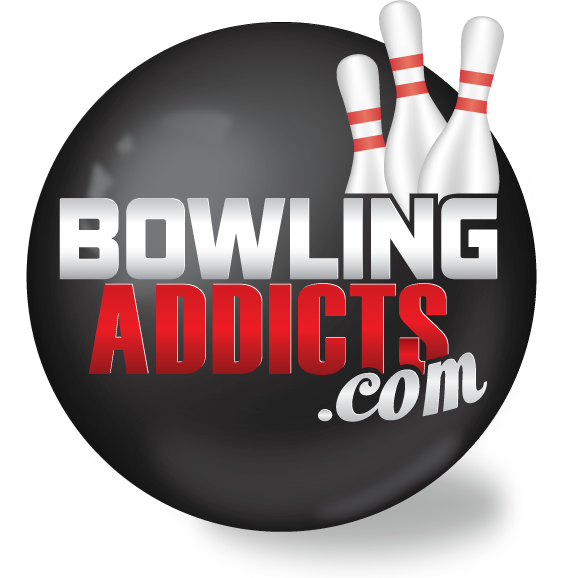Everyone wants to increase their rev rate in bowling. Not only is it exciting to watch the ball hook from right to left (for right hand bowlers of course) just before exploding into the pocket, you’ll notice that most of the professional bowlers that win have high rev rates. There are several ways to increase your rev rate, or the number of revolutions per minute, when bowling. Here are some tips just to name a few:
- Get fitted for a bowling ball: A ball that is properly fitted for your hand and style of play will be easier to control and generate revs with. This is more important than you think.
- Use a ball with a higher hook potential: Balls with a higher hook potential (more reactive coverstocks) will generally produce more revs.
- Adjust your grip: If you grip the ball too tightly, it can restrict the ball’s rotation. Try loosening your grip slightly to allow the ball to rev up more.
- Change your hand position: Experiment with where you place your fingers on the ball. A higher hand position (closer to the top of the ball) can produce more revs. Keep in mind, it’s ideal to have your hand under and behind the ball right before the “release.”
- Use a ball with a lower surface roughness: A ball with a smoother surface will have less friction with the lane and will tend to rev up more.
- Adjust your release: Experiment with the angle and speed of your release. A steeper release angle and a faster release speed can both contribute to more revs.
- Practice: The more you bowl, the more comfortable you will become with your equipment and your technique. This will allow you to make small adjustments to your game that can help you generate more revs.
Most of you know what revs are but in case you don’t, let me explain.
What is Rev Rate in Bowling?
Rev rate, or revolution rate, is a term used in bowling to describe the number of revolutions that a bowling ball makes per minute as it travels down the lanes. Rev rate is important because it affects the ball’s overall trajectory, speed, and hook potential. Generally, a higher rev rate will result in a greater hook potential, while a lower rev rate will result in a straighter ball path.
Rev rate is often measured in revolutions per minute (RPM). It can be measured using a device called a rev meter, which is a small sensor that attaches to the bowler’s thumb and measures the rotations of the ball as it is thrown. Some bowling centers and pro shops also have high-tech launch monitors that can measure rev rate and other ball flight characteristics.
There are a few factors that can affect a bowler’s rev rate, including the weight and coverstock of the ball, the bowler’s technique and release, and the condition of the lanes.
Remember to always use proper technique and safety equipment when bowling, and consult with a certified bowling instructor or coach if you have any questions or concerns.
As found on Youtube
